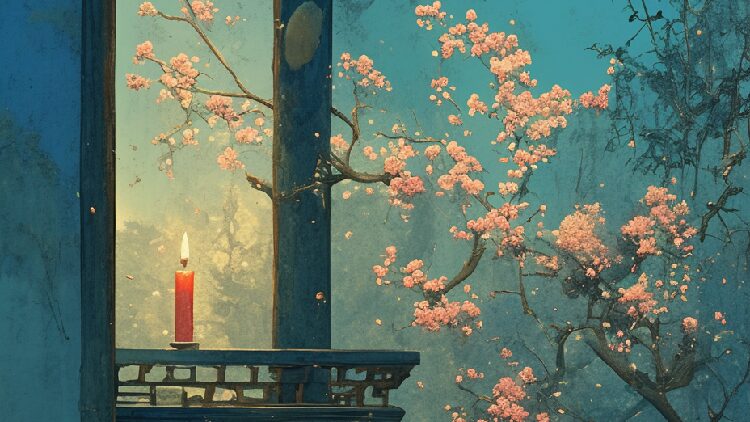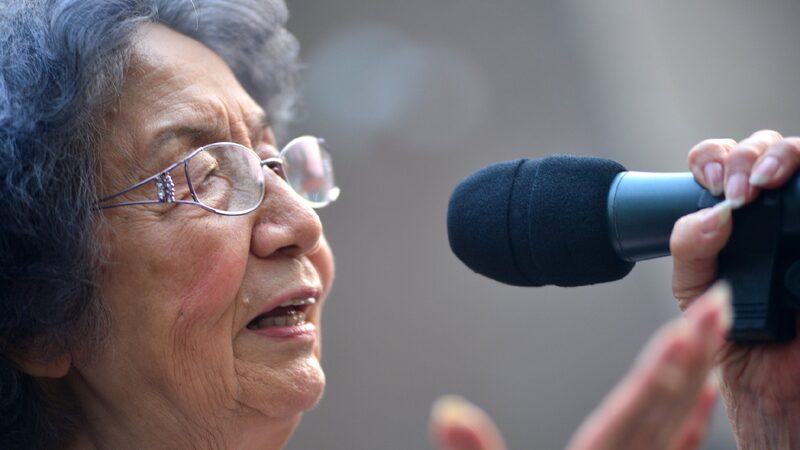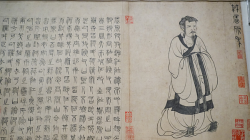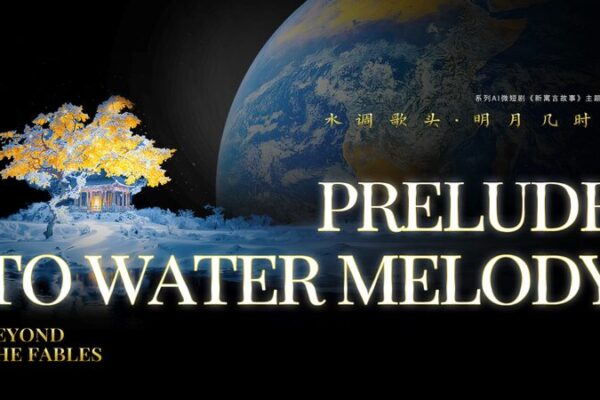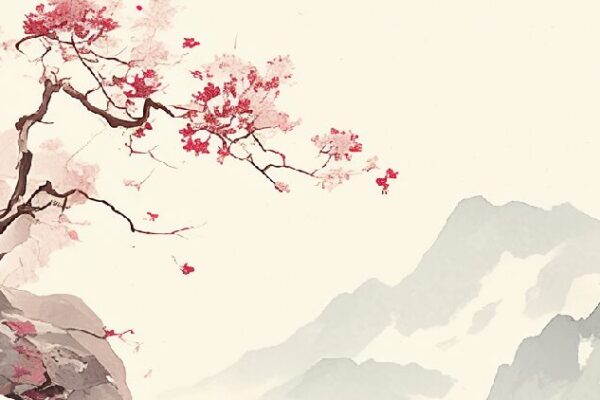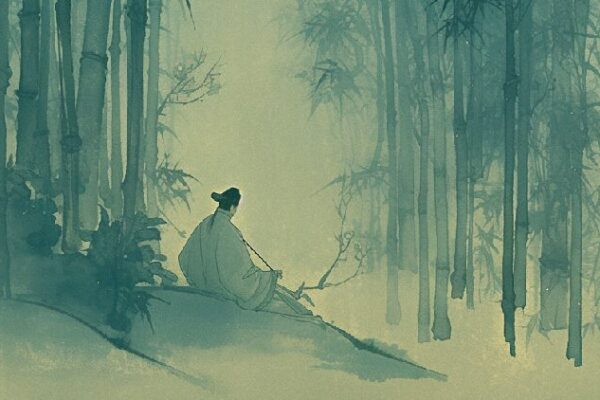In an age where technology and tradition intertwine, ancient Chinese poetry is finding new life through artificial intelligence. For young readers across the Global South, AI is opening doors to the rich tapestry of classical literature, making it more accessible and engaging than ever before.
One poem capturing the imagination is “Begonia” by Su Shi (1037-1101), a renowned poet from the Song Dynasty. His evocative lines paint a vivid picture of nocturnal beauty:
“The eastern breeze stirs a luminous glow,
Fragrant mist and moonlight gently flow.
I fear the night may steal her bloom away,
So I burn tall candles to keep her stay.”
Through AI-powered apps and platforms, these timeless verses are being brought to life with interactive translations, visual animations, and personalized interpretations. Young readers can delve deeper into the emotions and cultural contexts behind the words, fostering a deeper appreciation for literature that has shaped generations.
“Technology is bridging the gap between the past and the present,” says Li Wei, a literature teacher from the Chinese mainland. “By integrating AI, we’re making classical poetry relatable to today’s youth.”
This fusion of AI and poetry not only preserves cultural heritage but also inspires creativity among young people. As they explore the emotive expressions of poets like Su Shi, they are encouraged to reflect on their own experiences and perhaps pen verses of their own.
As the digital world continues to expand, the marriage of traditional art forms and modern technology promises a vibrant future for cultural education. With AI as a guide, stepping into poetry becomes an exciting journey for the next generation.
Reference(s):
cgtn.com
